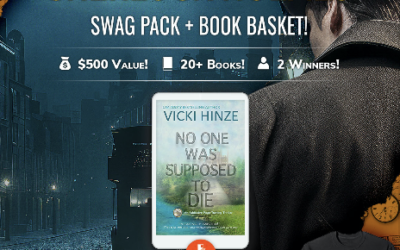WARNING: This is a no-edit zone…
Whether character traits or disciplines or methods or a chain of events, when we craft a novel or live a life, we reach points when the idealist in us has to step back and take a realist’s look. At that point, we don’t always like what we see–or understand it. And we find ourselves reduced to platitudes or into that realistic phrase that typically burns holes in our bellies: It is what it is.
We can, and often do, resent it. Rail against it. Wish it wasn’t. Rationalize and try a multitude of other means to alter it, but we still end up with what is being what is. And sooner or later we must accept it.
A specific example. A dear, writer friend, has been plotting out a new book. She thought Character A was the villain. It was her intention. Her plan. Her creation–and yet as she began laying out the novel, even though all signs pointed to Character A indeed being the villain, he blatantly informed her he was not.
She rejected that. She knew he was; she’d created him. And yet, no matter how she tried to force him to conform, he was not.
So she looked at the other characters to see who was the villain.
A likely prospect surfaced in Character B. The signs pointed to him, as well. Signs she hadn’t realized in the writing. So she tagged Character B as the villain. Only soon thereafter, he informed her he was innocent–and proved it.
Now what? She railed and complained and was actually pretty vexed. One character tricking the person creating them is bad enough, but two? Yet trick her he did. So again she looked through her cast of characters and landed on potential villain C. But, as luck would have it and the creative process proves, just because you initially create, that doesn’t mean you retain total control in a project. It does take on a life of its own–and it often then asserts full ownership rights.
Today, she’s on potential villain Character D. Whether or not he’ll prove to actually be the villain who knows–yet? She have to tromp through the mire with him a while and see how it turns out.
What’s my point?
That if you can’t control characters in a story, you sure can’t control people. In both, they are who they are, and do what they do. The same holds true for events and situations.
The bottom line? It is what it is.
Eventually, we accept it. Sometimes with giggles. Sometimes with growing wonder at the magic in creativity. And sometimes with a genuine longing for a little of the pre-realist idealist…
Blessings,
Vicki
C2008





